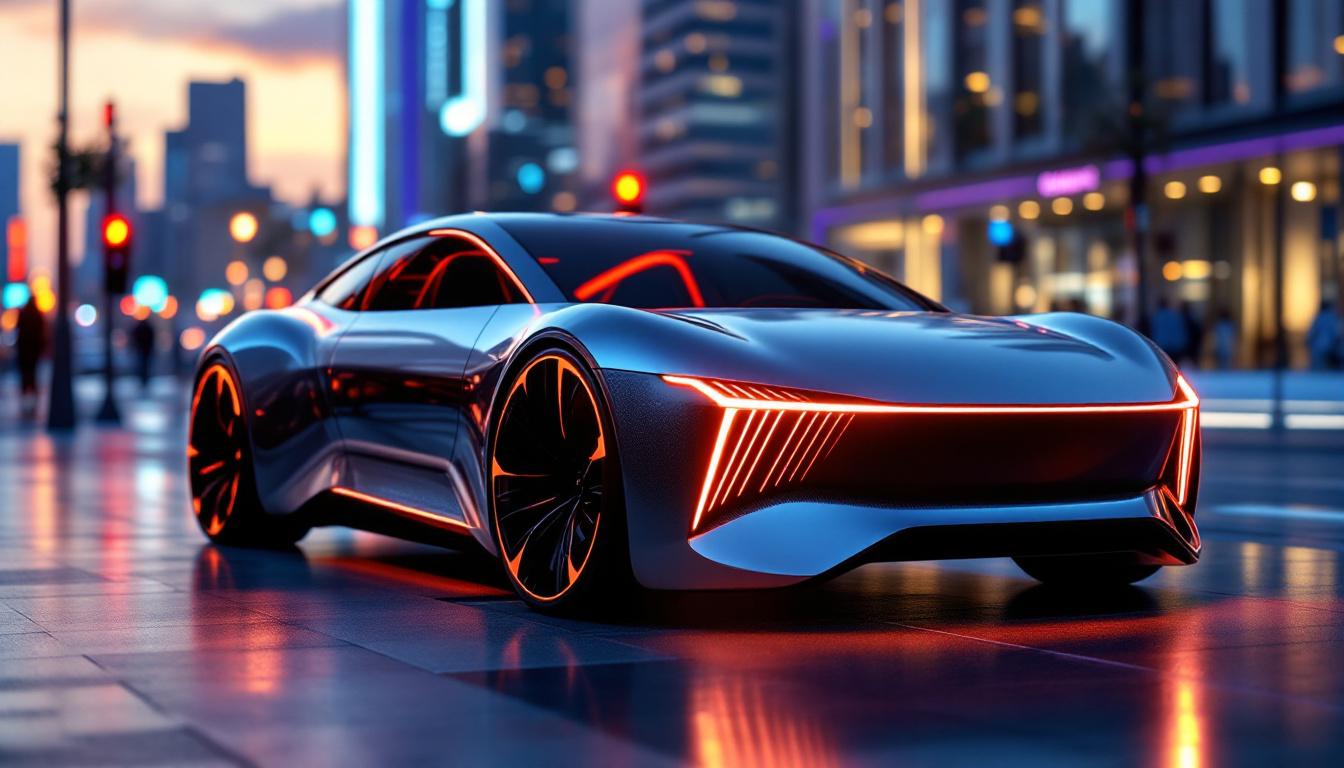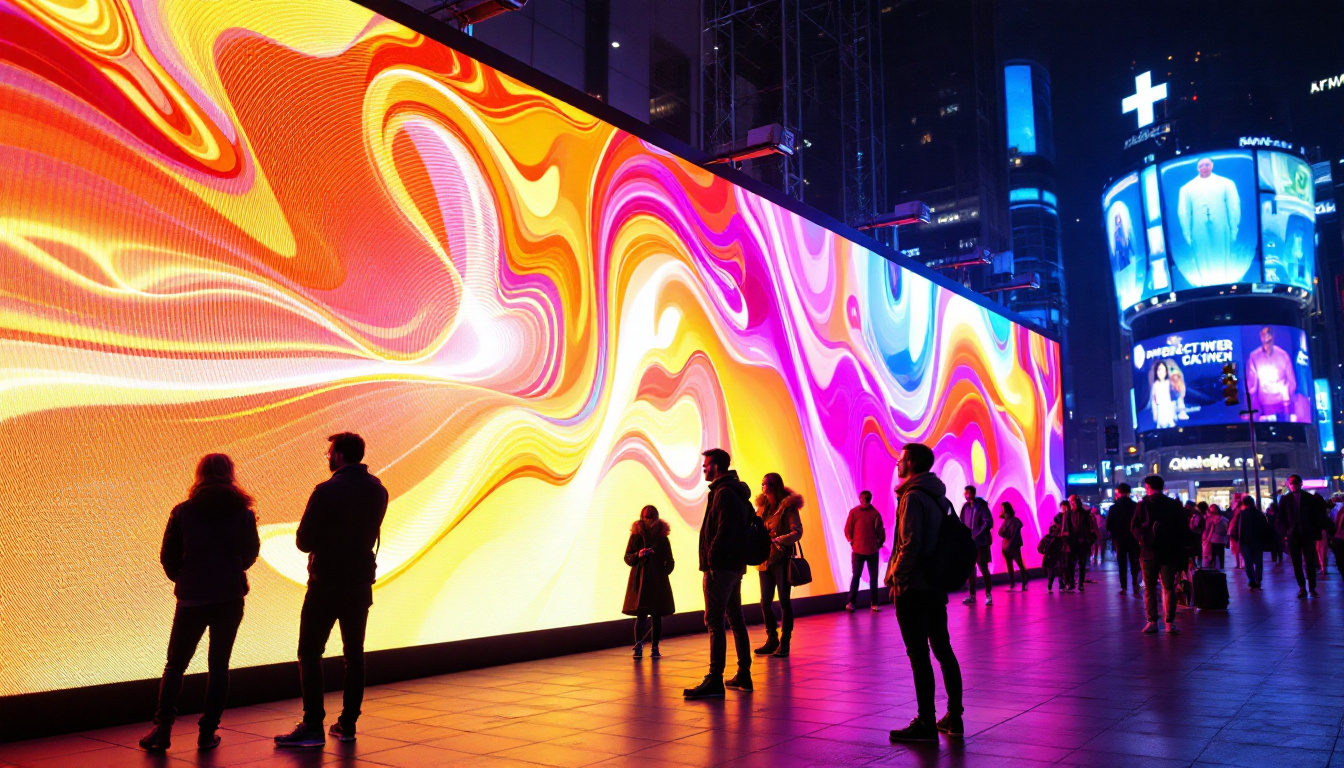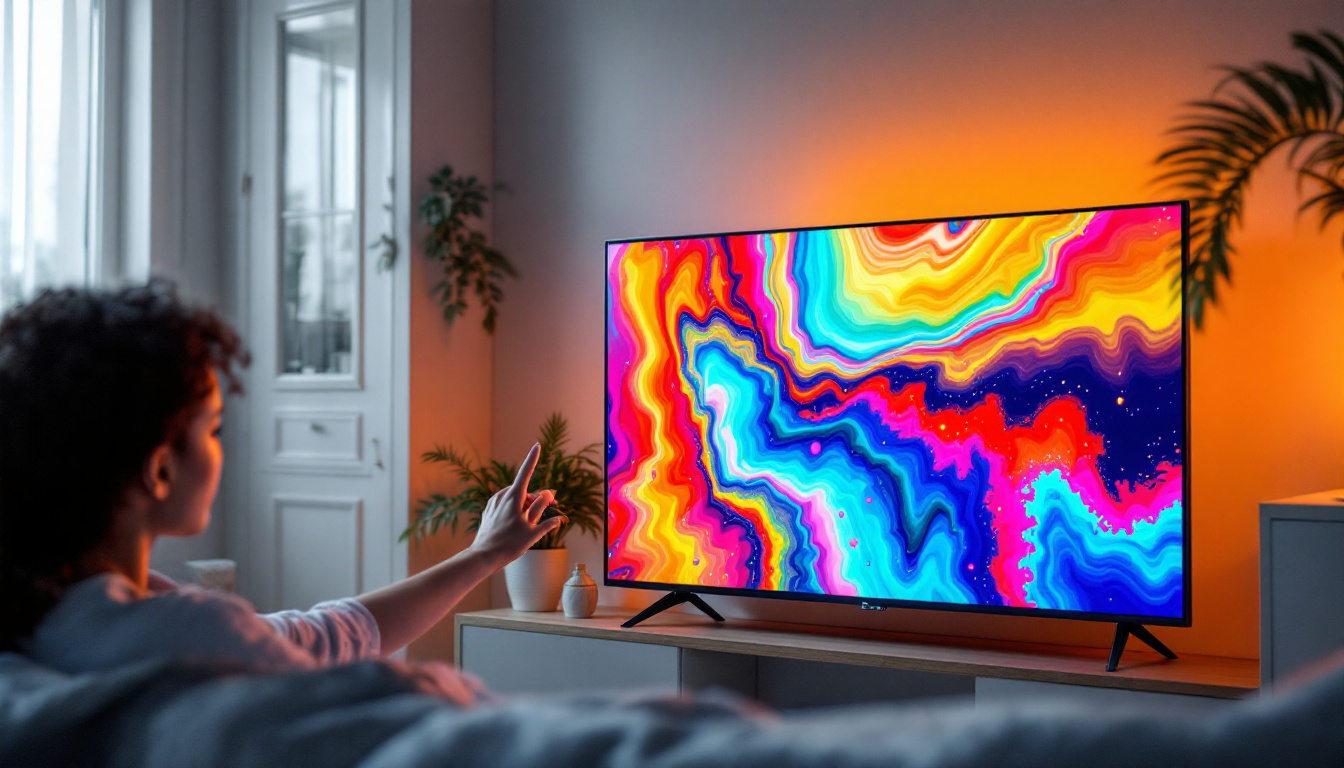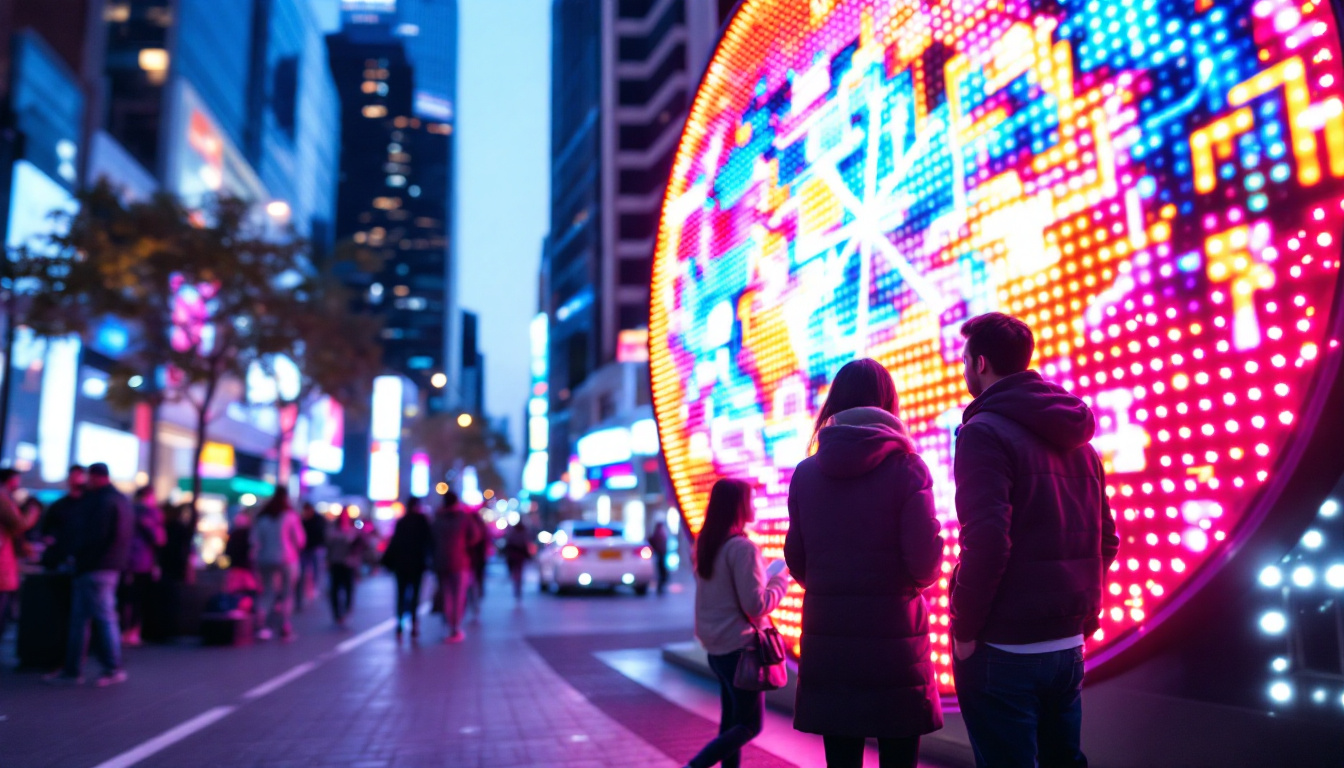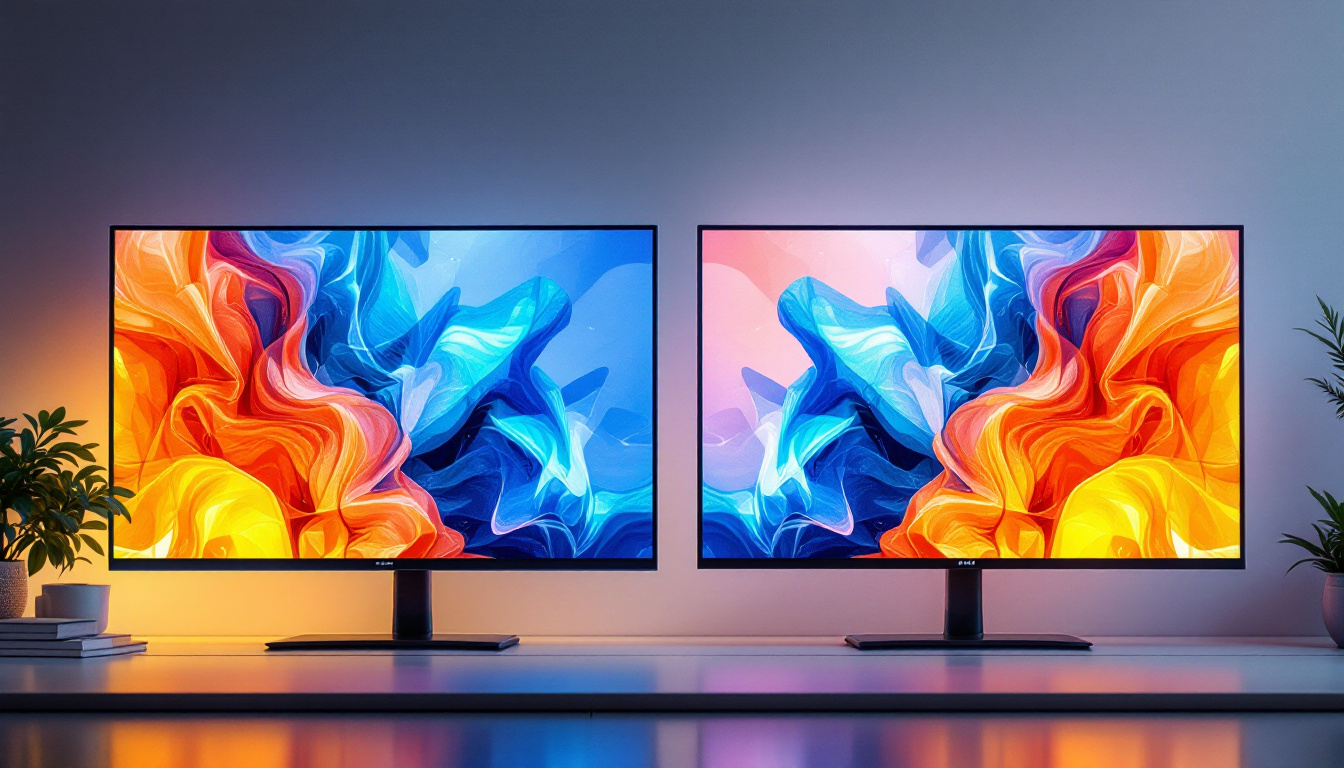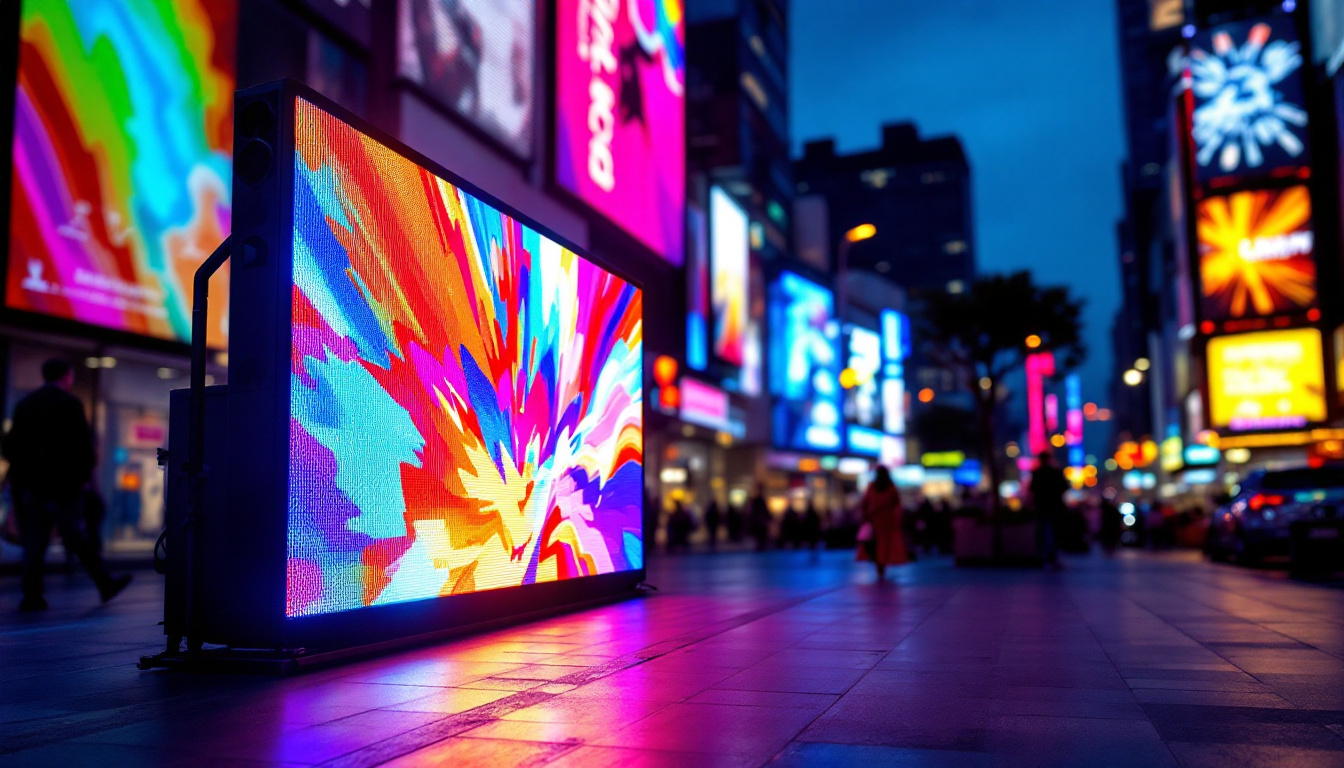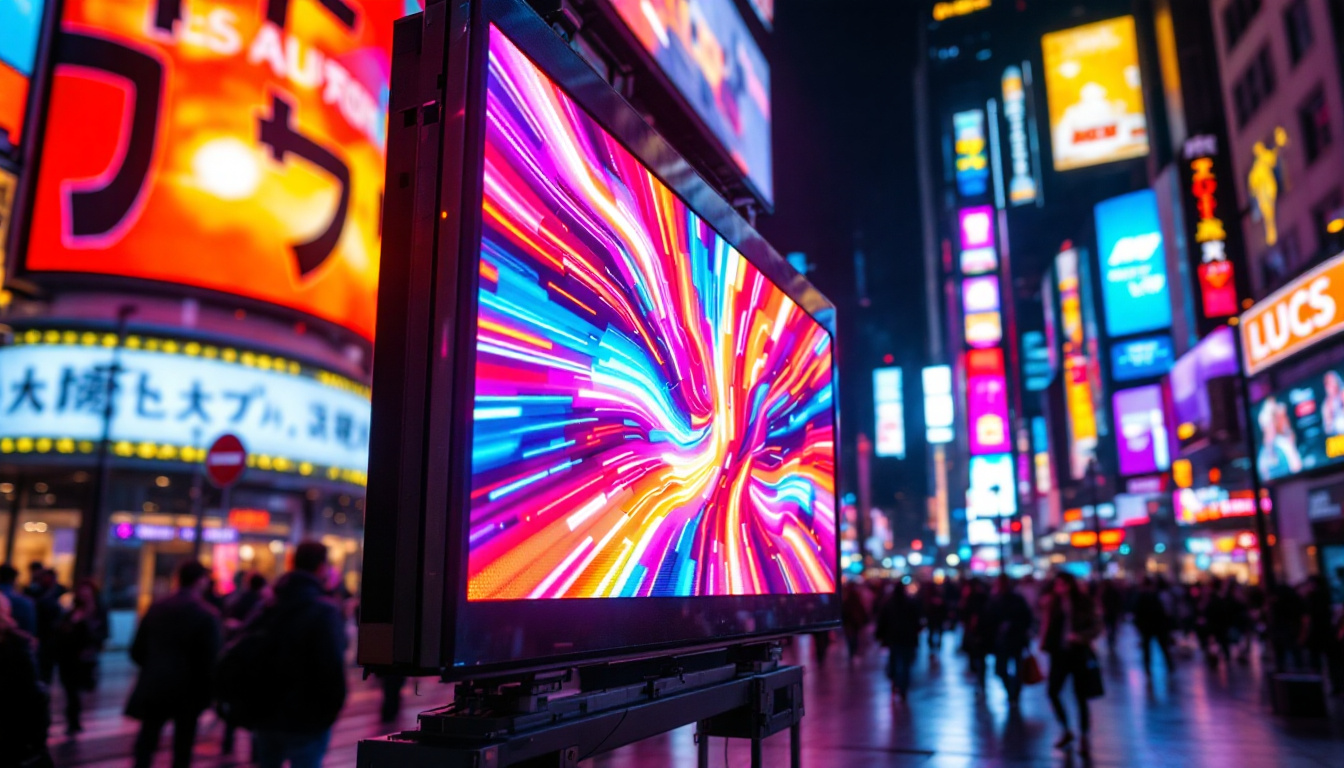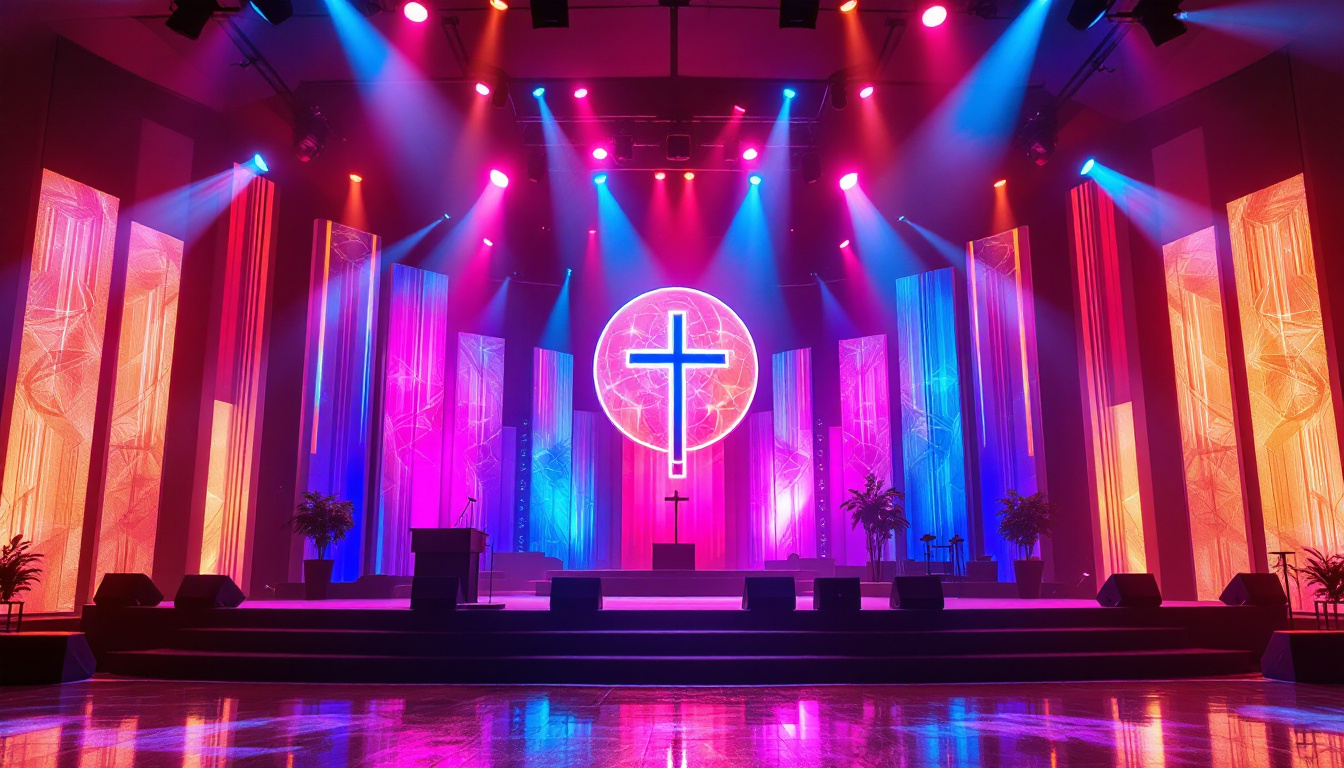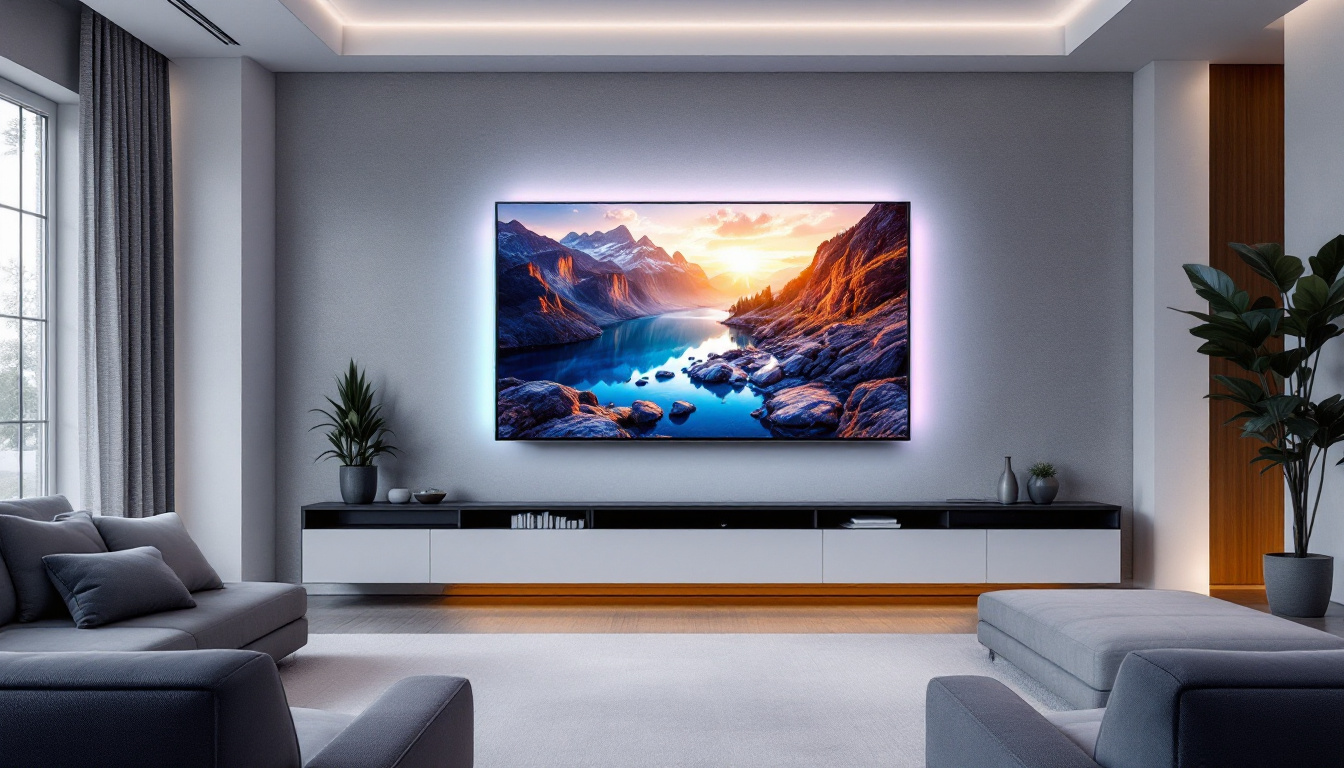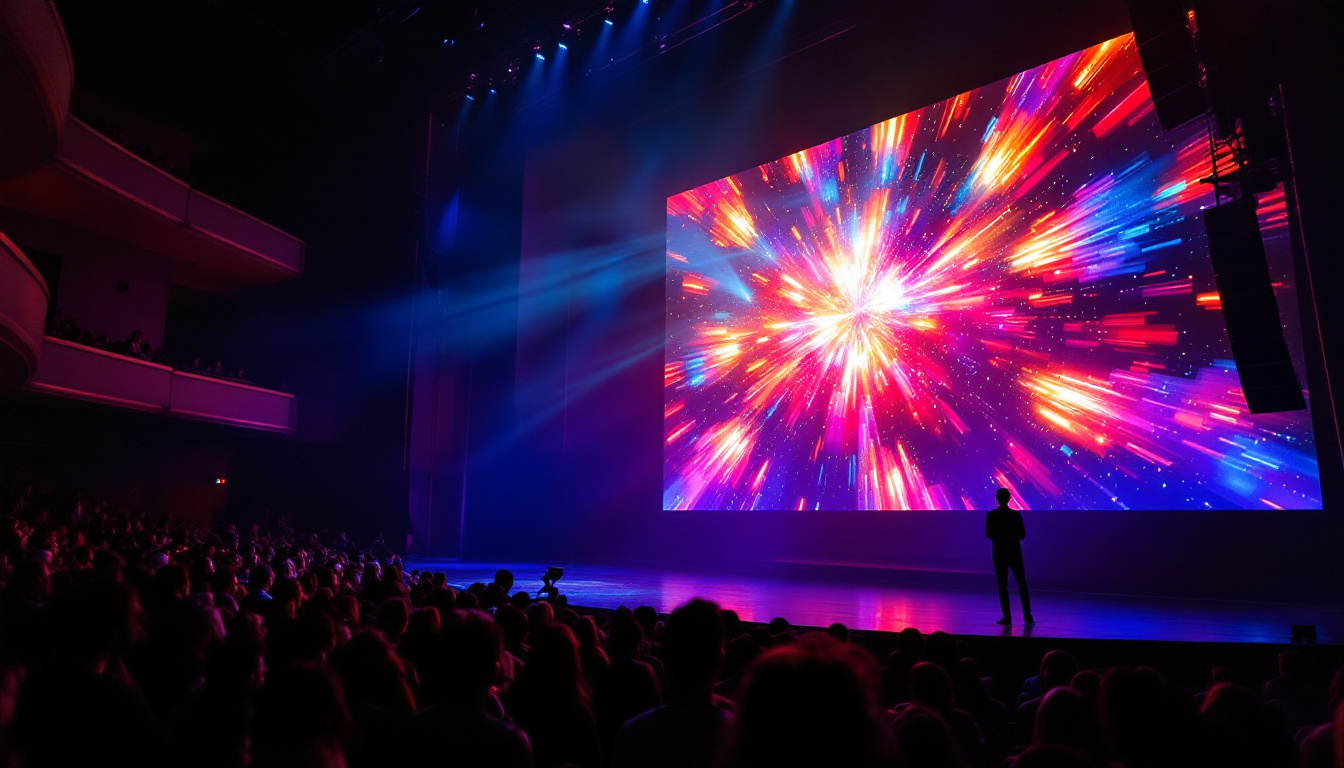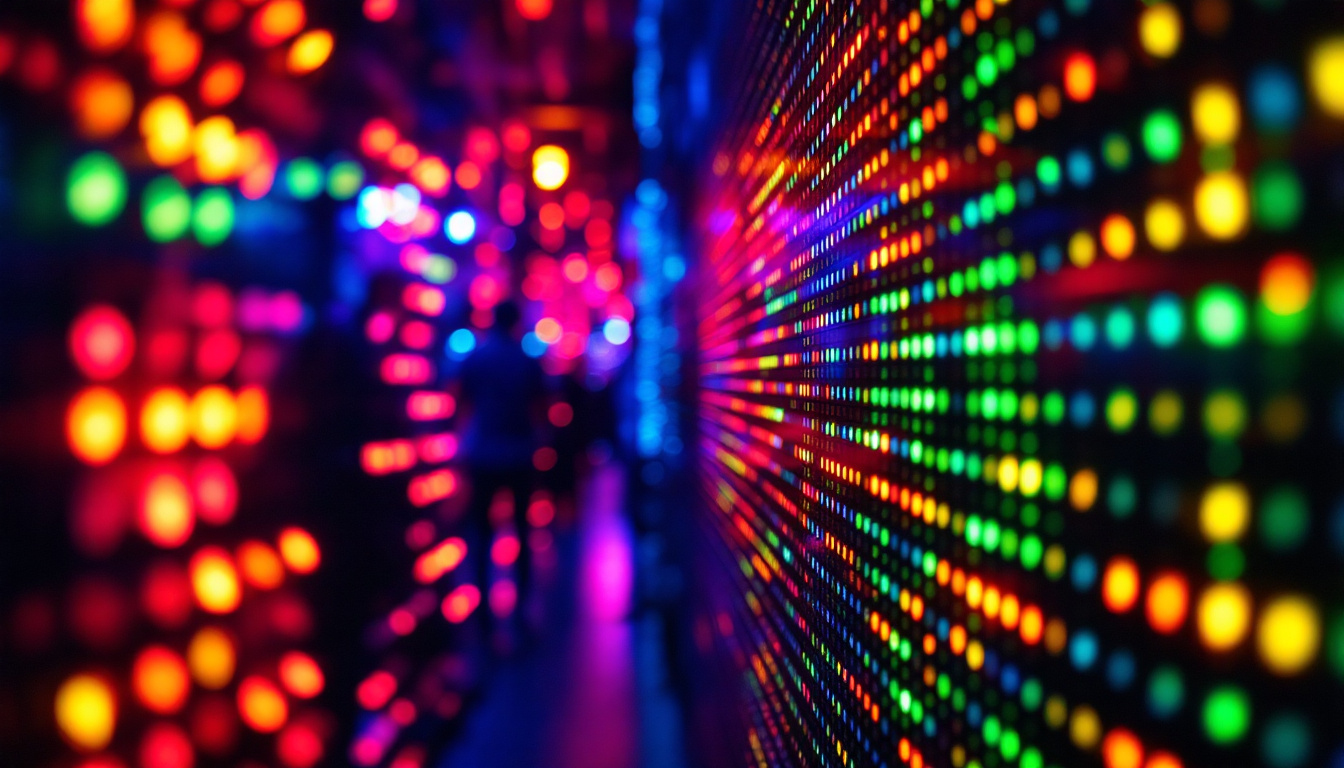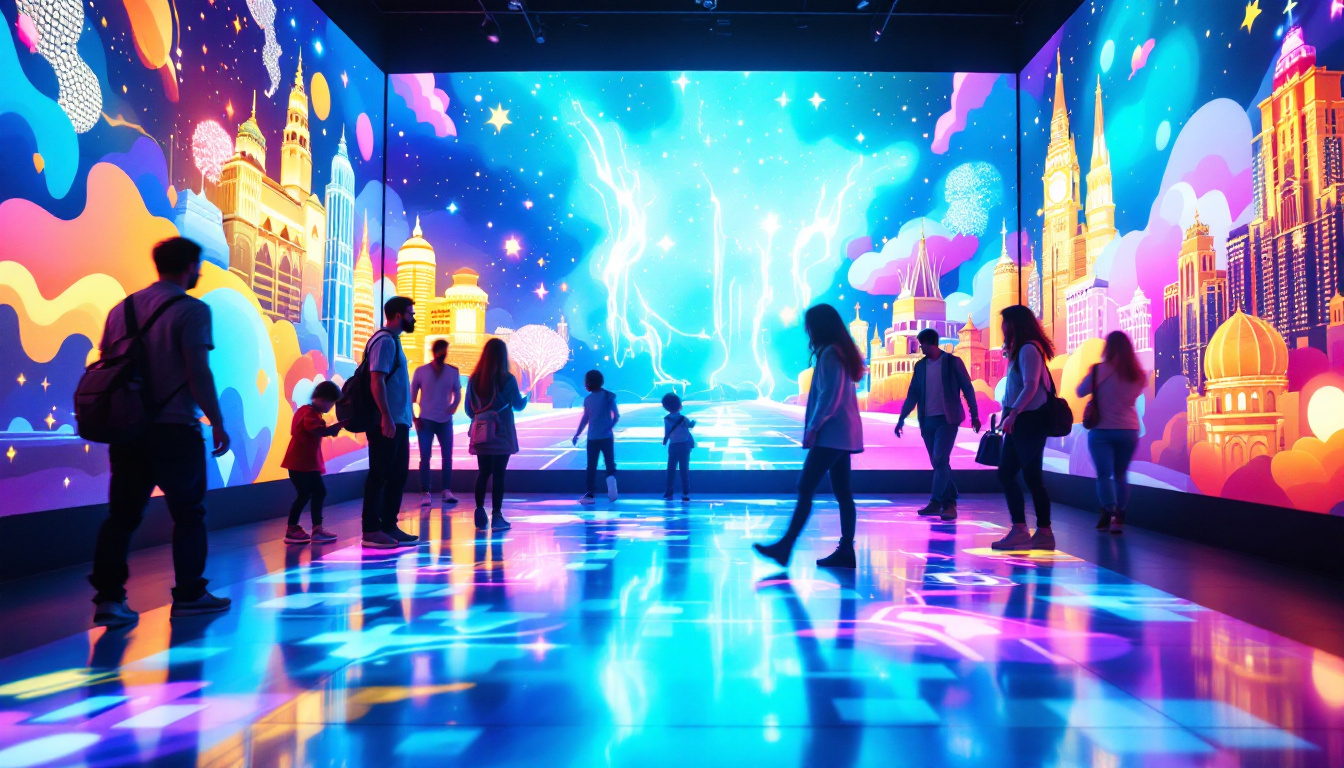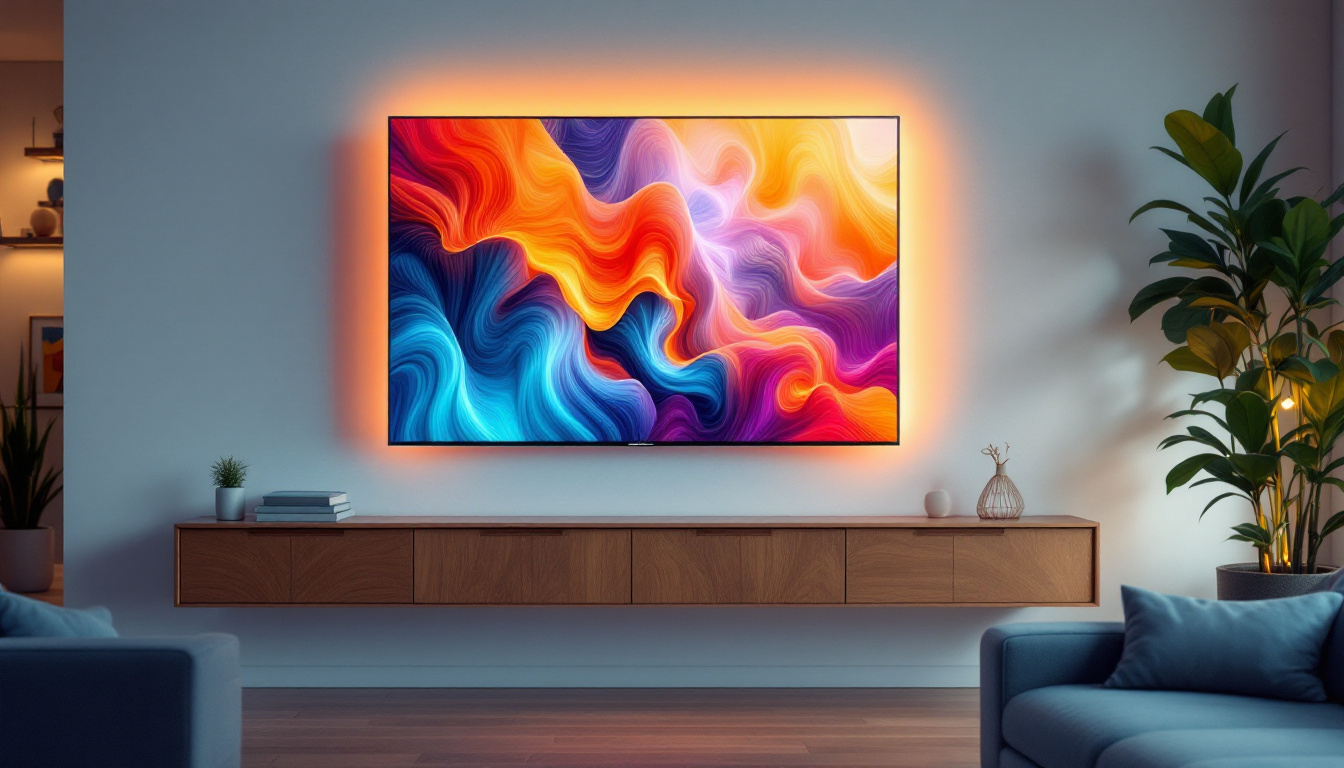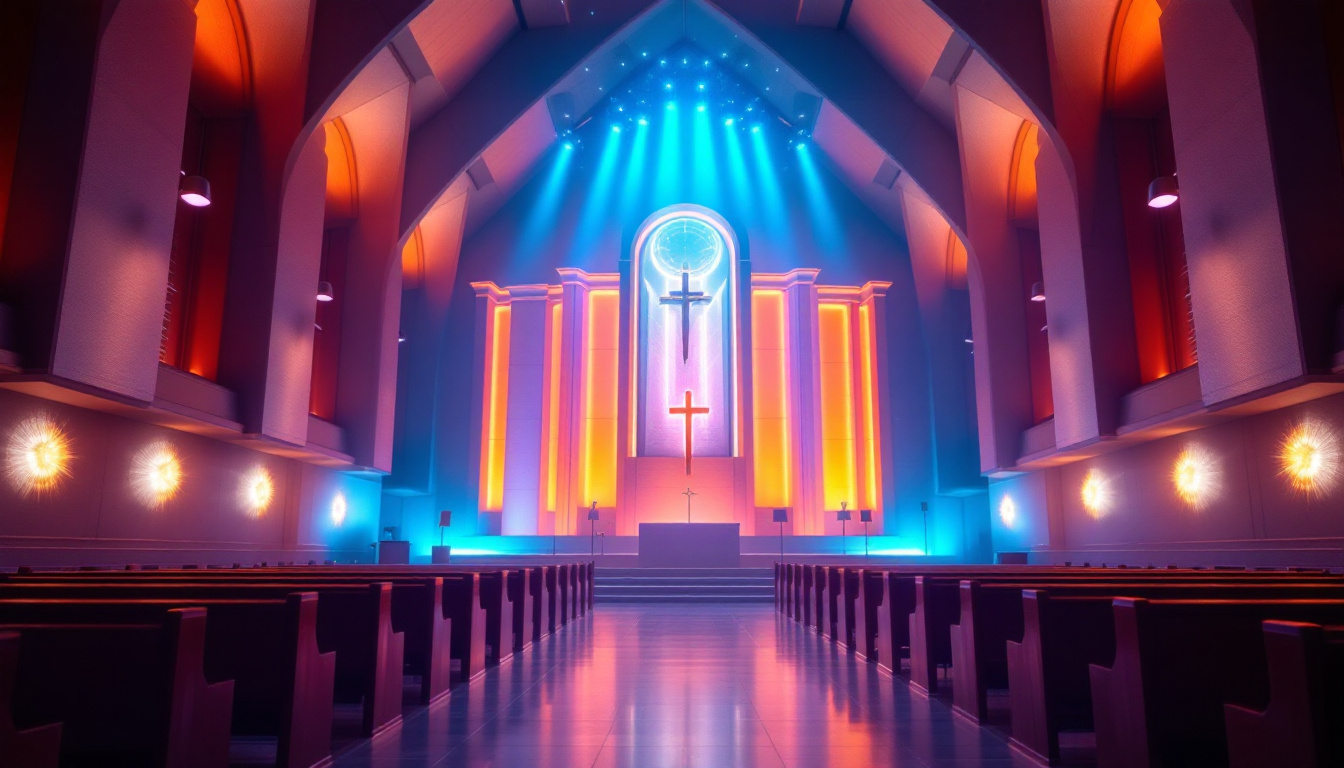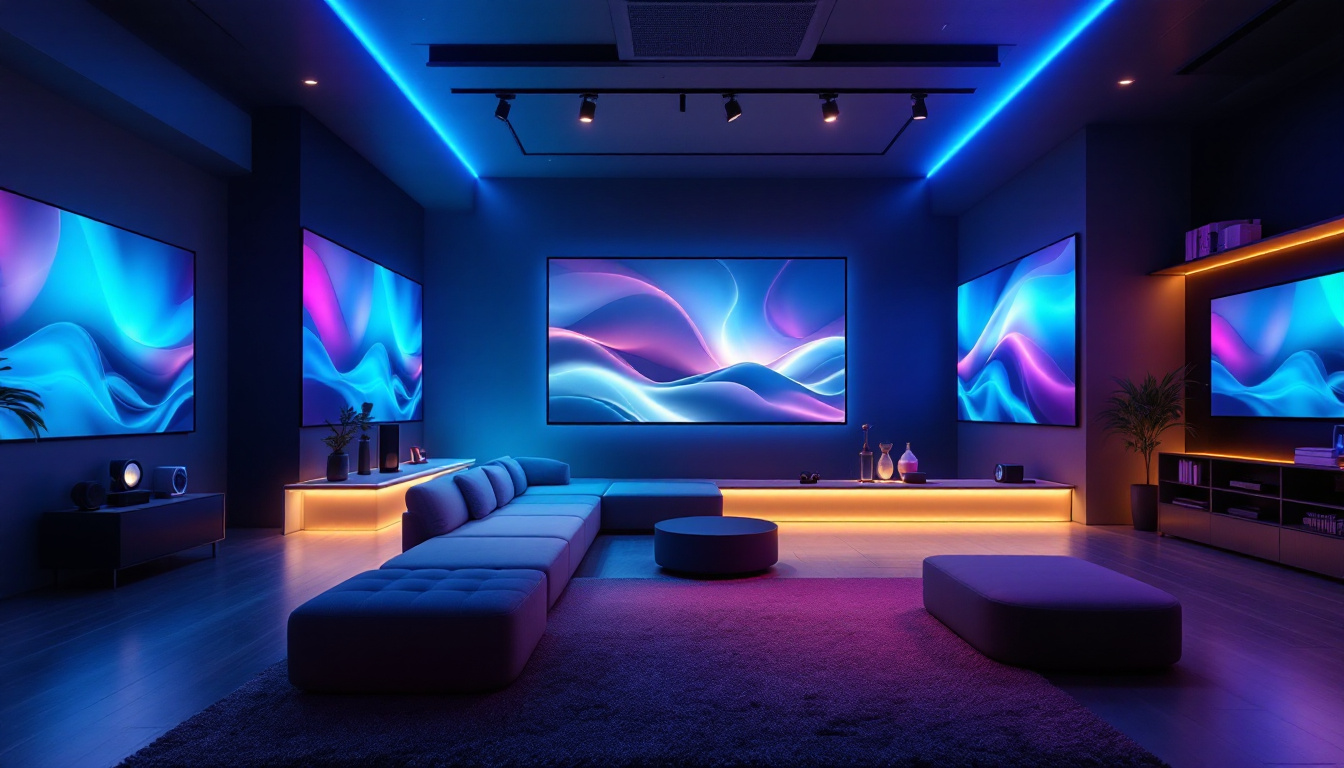In the rapidly evolving world of advertising and automotive innovation, LED-covered cars have emerged as a striking fusion of technology and mobility. These vehicles, wrapped entirely or partially in LED displays, are revolutionizing how brands communicate messages on the move, creating dynamic, eye-catching mobile billboards that captivate audiences everywhere they go. This article delves into the technology behind LED-covered cars, their applications, benefits, challenges, and the future of this dazzling trend.
Understanding LED Displays on Vehicles
LED (Light Emitting Diode) technology has long been a staple in digital signage due to its brightness, energy efficiency, and versatility. When applied to vehicles, LED displays transform ordinary cars into moving canvases capable of showcasing vibrant images, videos, and animations in real-time. This innovation has revolutionized the way brands communicate with potential customers, turning everyday commutes into opportunities for engagement and interaction.
Unlike traditional static wraps or paint jobs, LED displays provide dynamic content that can be updated instantly. This flexibility allows for targeted advertising campaigns, event promotions, or even interactive experiences that respond to the environment or audience engagement. For instance, a vehicle can display different messages based on the time of day or location, ensuring that the content is always relevant and appealing to viewers. As a result, businesses can maximize their outreach and impact by leveraging the mobility of these digital displays.
How LED Technology Works on Cars
LED-covered cars utilize a network of small, modular LED panels securely attached to the vehicle’s exterior. These panels are designed to be weather-resistant and durable enough to withstand the rigors of driving, including vibrations, temperature fluctuations, and exposure to sunlight and moisture. The engineering behind these panels ensures that they maintain their functionality and visual integrity, even in challenging conditions, making them a reliable choice for outdoor advertising.
The LED modules are connected to a central control system, often integrated with software that manages content display. This system can be controlled remotely, allowing for seamless updates and scheduling of advertisements or messages. The brightness and color calibration ensure visibility even in direct sunlight, making these displays effective both day and night. Moreover, advancements in technology have led to the development of energy-efficient systems that reduce power consumption while maintaining high-performance standards, making LED displays not only effective but also environmentally friendly.
Types of LED Displays Used on Cars
There are several types of LED displays employed in automotive applications, each with distinct characteristics:
- Flexible LED Panels: These can conform to curved surfaces, making them ideal for wrapping around car contours without compromising image quality. Their adaptability allows for creative designs that can enhance brand visibility from multiple angles.
- Rigid LED Modules: Typically used on flat surfaces such as truck sides or trailer panels, offering high resolution and brightness. These modules are perfect for large-scale advertisements that need to capture attention from a distance.
- Transparent LED Screens: These allow light to pass through, enabling the vehicle’s original design to remain visible while displaying digital content. This innovative approach creates a stunning visual effect that can intrigue onlookers, merging the physical and digital worlds.
In addition to these types, some vehicles are now equipped with interactive LED displays that allow passersby to engage with the content. For example, touch-sensitive panels can enable users to select different advertisements or information, creating a more personalized experience. This interactivity not only enhances user engagement but also provides valuable data for advertisers, helping them tailor their strategies based on real-time feedback and interactions.
Applications of LED-Covered Cars
The versatility of LED-covered cars has opened up numerous innovative applications across industries. From advertising to entertainment, these vehicles are redefining mobile communication.
Mobile Advertising and Branding
One of the most prominent uses of LED-covered cars is in mobile advertising. Brands leverage these vehicles to deliver high-impact visual campaigns that stand out in crowded urban environments. Unlike static billboards, LED displays can rotate through multiple ads, display live data, or even incorporate interactive elements such as QR codes or social media feeds.
For example, during major events like music festivals or sports games, LED-covered cars can circulate the venue, broadcasting sponsor messages or live updates. This dynamic approach not only increases brand visibility but also enhances engagement by adapting content to the audience and context.
Event Promotion and Public Announcements
LED-covered vehicles are also invaluable for event promotion and public messaging. Cities and organizations use them to announce festivals, parades, or community initiatives, ensuring the message reaches a broad audience. Their mobility allows for strategic placement in high-traffic areas, maximizing exposure.
In emergency situations, these vehicles can display urgent alerts, evacuation routes, or health advisories, providing critical information in real-time. Their brightness and flexibility make them effective tools for public safety communications.
Entertainment and Experiential Marketing
Beyond advertising, LED-covered cars are increasingly popular in entertainment and experiential marketing. They serve as moving stages or visual backdrops for performances, flash mobs, or promotional tours. The ability to display synchronized visuals and animations enhances the immersive experience for audiences.
Brands have also experimented with interactive LED vehicles that respond to audience input or environmental cues, creating memorable, personalized engagements that drive brand loyalty.
Benefits of Using LED Displays on Cars
Integrating LED displays on vehicles offers several advantages over traditional advertising and promotional methods.
High Visibility and Impact
LED displays are exceptionally bright and colorful, making them highly visible even in daylight or adverse weather conditions. This ensures that messages are seen clearly, increasing the likelihood of audience recall and engagement.
The movement of the vehicle adds an additional layer of attention-grabbing appeal, as dynamic content combined with mobility naturally draws the eye.
Content Flexibility and Real-Time Updates
Unlike static signage, LED displays allow for instant content changes. Advertisers can tailor messages based on location, time of day, or audience demographics, enabling highly targeted campaigns.
For example, a car advertising a restaurant can display lunch specials during midday and switch to dinner promotions in the evening, maximizing relevance and effectiveness.
Cost Efficiency Over Time
While the initial investment in LED-covered cars can be substantial, the ability to update content digitally reduces printing and installation costs associated with traditional wraps or billboards. This long-term flexibility can lead to significant savings, especially for brands running multiple campaigns.
Eco-Friendly Advertising Option
LED technology is energy-efficient, consuming less power than other digital display methods. When combined with electric or hybrid vehicles, LED-covered cars represent a more sustainable advertising solution, aligning with growing consumer demand for environmentally responsible practices.
Challenges and Considerations
Despite their many benefits, LED-covered cars also present unique challenges that must be addressed for successful deployment.
Technical and Maintenance Issues
LED panels on vehicles are exposed to harsh conditions, including vibrations, weather, and potential impacts. Ensuring durability and consistent performance requires high-quality materials and regular maintenance.
Technical issues such as pixel failures, connectivity problems, or software glitches can disrupt displays, potentially harming brand reputation if not promptly resolved.
Regulatory and Safety Concerns
Many jurisdictions have regulations governing the use of digital displays on vehicles to prevent driver distraction and ensure road safety. Compliance with these rules, which may include restrictions on brightness, flashing patterns, or content types, is essential.
Additionally, the installation must not interfere with vehicle operation, visibility, or emergency features. Collaborating with regulatory bodies and automotive experts is critical to navigate these requirements.
Cost and Complexity of Implementation
The initial cost of outfitting a vehicle with LED displays, including hardware, software, and installation, can be significant. This investment may be prohibitive for smaller businesses or short-term campaigns.
Moreover, managing content, scheduling, and technical support requires dedicated resources and expertise, adding to operational complexity.
The Future of LED-Covered Cars
As LED technology continues to advance, the potential for LED-covered cars is expanding rapidly, promising even more innovative applications and improved performance.
Integration with Smart Technologies
The convergence of LED displays with smart vehicle technologies and the Internet of Things (IoT) is opening new horizons. Future LED-covered cars may feature sensors that adapt content based on environmental conditions, audience demographics, or traffic patterns.
For instance, a vehicle could detect nearby pedestrian density and adjust brightness or messaging accordingly, optimizing engagement while minimizing distraction.
Enhanced Interactivity and Personalization
Advances in AI and machine learning could enable LED displays to deliver personalized content in real-time, responding to facial recognition, mobile device signals, or social media trends. This level of interactivity would transform mobile advertising into a highly engaging, two-way communication channel.
Expanding Beyond Advertising
Beyond commercial use, LED-covered cars have potential in public art, education, and social activism. Mobile digital canvases can bring art installations to diverse communities, display educational content in underserved areas, or amplify social messages in impactful ways.
As society embraces digital transformation, LED-covered vehicles may become a common sight, blending creativity, technology, and mobility to enrich urban landscapes.
Conclusion
LED-covered cars represent a fascinating intersection of automotive design and digital display technology, offering dynamic, flexible, and visually compelling platforms for communication on the move. While challenges exist in terms of cost, maintenance, and regulation, the benefits in visibility, engagement, and adaptability make them an attractive option for brands and organizations seeking innovative outreach methods.
With ongoing advancements in LED technology, smart integration, and interactivity, the future promises even more exciting possibilities for these mobile digital canvases. As cities become smarter and audiences more connected, LED-covered cars are poised to become a powerful tool in the evolving landscape of mobile advertising and beyond.
Illuminate Your Brand with LumenMatrix
Ready to elevate your advertising strategy and drive unparalleled engagement? Discover the power of LumenMatrix’s advanced LED display modules. From captivating Indoor and Outdoor LED Wall Displays to innovative Vehicle LED Displays and beyond, our solutions are designed to make your brand shine. Embrace the future of visual communication with our diverse range of products, including LED Poster Displays, LED Sports Displays, Floor LED Displays, Custom LED Displays, All-in-One LED Displays, and LED Transparent Displays. Check out LumenMatrix LED Display Solutions today and transform your message into an unforgettable visual experience.

